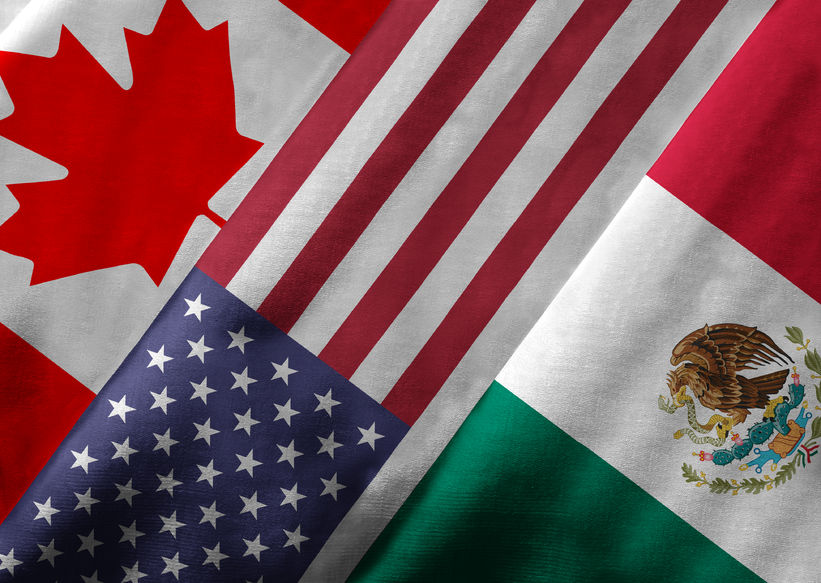
The U.S. government hopes to take the first formal step in renegotiating the North American Free-Trade Agreement (NAFTA) within the next couple of weeks, setting the stage for actual negotiations with Canada and Mexico later this year.
U.S. Commerce Secretary Wilbur Ross says he hopes to advise Congress within two weeks of the Trump administration’s intention to renegotiate the quarter-century-old agreement.
That would begin a pre-negotiating consultation process of at least 90 days. It could take more than three months; U.S. lawmakers are wrestling with more pressing priorities — health reform and the first major changes to U.S. corporate taxes in decades.
Lawmakers would also have their say on priorities for NAFTA.
U.S. law says that if the administration wants lawmakers to agree to a simple yes-or-no vote on a trade deal, it must consult with Congress throughout the process: before negotiations start; during negotiations; and before signing the deal.
“The next stage will be — hopefully sometime in the next couple of weeks — issuing the 90-day (consultation) letter,” Ross said Friday during a news conference with Mexico’s Minister of Economy Ildefonso Guajardo Villarreal.
“That’s what triggers the beginnings of the formal process itself. We don’t have a date certain for that. We’ve been in discussion with the [key committees] — [the] Senate finance committee and the House ways and means committee.”
But a congressional logjam could slow the process down. The Senate and House committees that would be involved in consultations are tied up with controversial health and tax reforms. There are battles within the parties, and between them.
One such feud involves trade. The U.S. agency that deals with Congress on trade, the U.S. Trade Representative, is understaffed and doesn’t even have a cabinet member confirmed yet. That’s because there’s a fight over whether Trump’s pick, Robert Lighthizer, needs a special waiver from lawmakers to accept his cabinet post because he worked as a lawyer for foreign governments.
The process is slightly less formal in Canada, where there are guidelines requiring ministers to present memorandums to cabinet before trade talks. The government is also consulting with the private sector. But in the U.S., these consultations with lawmakers and private-sector advisors are mandated by law.
That’s because U.S. lawmakers have two constitutional powers that could easily kill any trade agreement: one is the ability to amend bills; the other is a provision that any international treaty requires 67% of the Senate vote.
The workaround solution adopted by successive administrations and congresses is called trade promotion authority, better known as fast-track. The current fast-track law forces Congress to agree to a simple up-or-down vote — as long as it’s consulted in numerous ways.
In addition, trade deals tend to pass Congress with a simple majority vote because lawmakers agree not to call them treaties; they instead use the term “executive agreement,” which is not mentioned in the U.S. Constitution.
Mexico also has a formal consultation process and Guajardo said it’s almost halfway done: “We’ll be ready by the end of May to start negotiations at any point. Therefore, we will just be waiting for the U.S. and Canada to finish their own … process to kick off negotiations.”
One big question mark hanging over the process is whether NAFTA will remain one agreement or be split into several bilateral deals. Canada has occasionally expressed openness to either scenario, which has caused alarm in Mexico.
Ross said he’s willing to go either route: “It will either be two parallel bilaterals, with symmetrical provisions, or one new trilateral. We’re less concerned at this stage with the exact form than we are with trying to get to the substance.”
Photo copyright: ronniechua/123RF